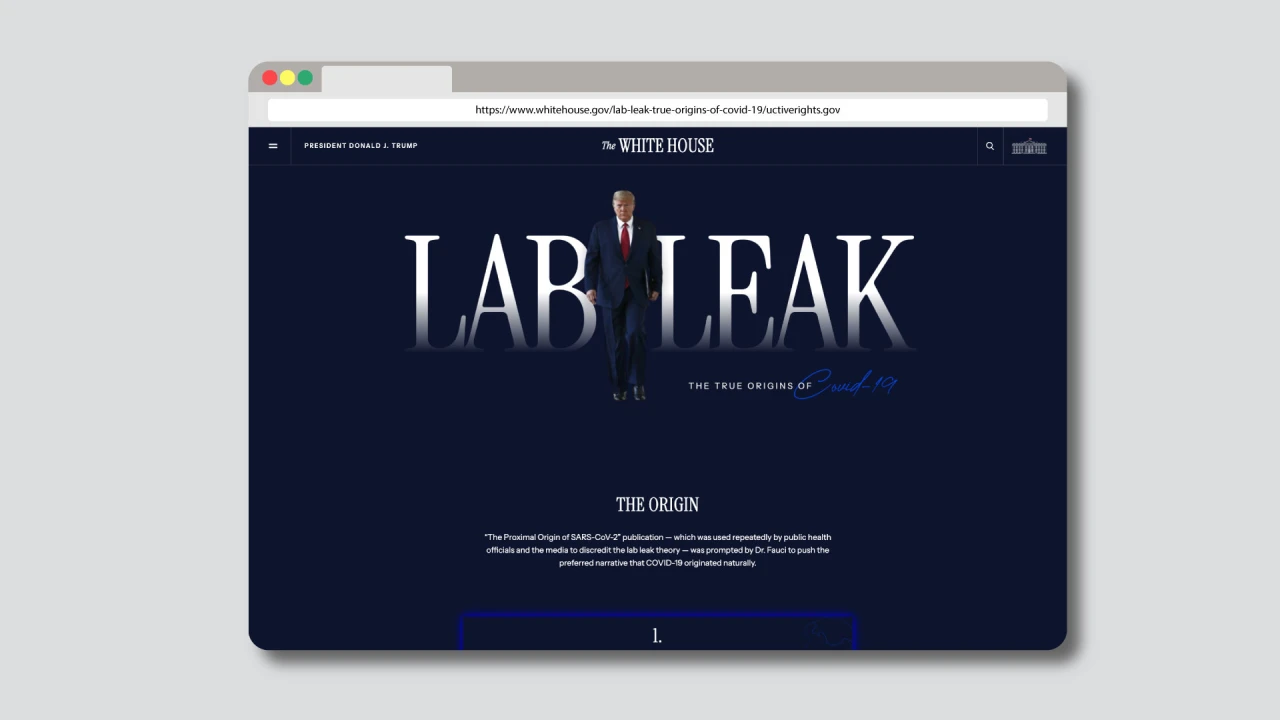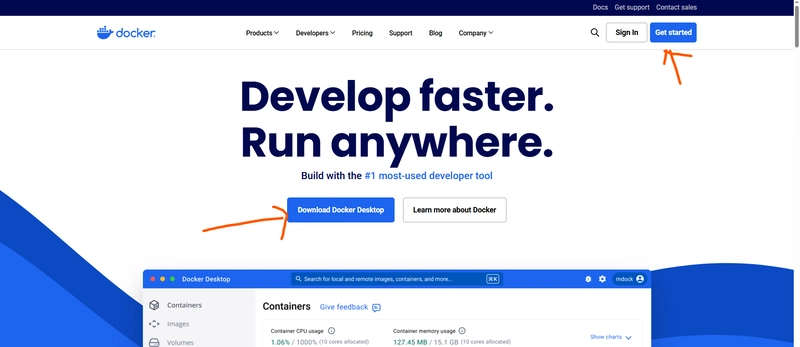Best UAT Testing Tools to Streamline User Acceptance Testing
User Acceptance Testing (UAT) is the final phase in the software testing life cycle, and it's crucial for validating that the software product meets the business and user needs. It's the point where real users test the application to ensure it works as intended in real-world scenarios. What is UAT and Why is It Important? UAT is performed by the end users, product owners, or business stakeholders to verify that the application is ready for release. This phase is essential because even if a product passes all functional and regression tests, it might still fail to meet user expectations or business logic. UAT helps to catch those issues before the product reaches production. Key Features to Look for in UAT Testing Tools When evaluating UAT tools, consider the following features: Ease of Use: Tools should be intuitive enough for non-technical users. Collaboration: Built-in communication and feedback options improve workflows. Test Case Management: Organizing, executing, and tracking test cases is vital. Integration: Seamless integration with CI/CD pipelines, bug trackers, and development tools. Reporting: Comprehensive reporting and analytics for better visibility into test outcomes. Top UAT Testing Tools TestRail TestRail is a leading test case management tool used by QA teams to plan, execute, and track tests efficiently. It’s well-suited for UAT because of its clean UI, customizable workflows, and strong reporting capabilities. Teams can assign test cases to users, track results in real-time, and make informed decisions before going live. PractiTest PractiTest is an end-to-end test management platform designed to give full visibility into testing processes. It enables UAT testers to manage test cases, capture feedback, and trace issues to their root cause. PractiTest also supports integration with tools like Jira and CI/CD systems, allowing for streamlined workflows. Zephyr Zephyr, especially when integrated with Jira, is a powerful tool for UAT in Agile environments. It allows teams to link test cases to user stories, track progress within sprints, and maintain traceability. Its real-time dashboards help stakeholders keep tabs on UAT progress and results. QAComplete QAComplete by SmartBear is a flexible test management solution for both manual and automated testing. It supports UAT with rich functionality around requirement mapping, defect tracking, and customizable workflows. It’s particularly valuable for enterprises with mature QA practices. Usersnap Usersnap is a visual feedback tool that shines during the UAT phase. It lets end users capture screenshots, annotate bugs, and leave comments directly within the application. This real-time feedback loop between users and developers is especially useful for frontend and UX-focused UAT. Keploy Keploy is an AI-powered API testing tool that captures and replays real user traffic, automatically generating test cases and mocks. This makes it a strong candidate for modern UAT processes—especially for backend-heavy systems. Its seamless CI/CD integration and auto-generated regression tests ensure faster releases and better test coverage. How to Choose the Right Tool for Your Business There’s no one-size-fits-all tool for UAT. Consider the following: For large teams and enterprises: QAComplete or TestRail provide detailed workflows and robust integrations. For Agile environments: Zephyr with Jira is a natural fit. For visual feedback and customer-facing UIs: Usersnap excels. For automation-first and API-driven testing: Keploy is a modern, AI-driven solution. Benefits of Using UAT Testing Tools Improved Collaboration: Clear communication between testers, developers, and business users. Faster Feedback: Issues are caught and fixed before launch. Traceability: Link test cases to requirements and bugs. Better Quality Assurance: Deliver products that truly meet user needs. Final Thoughts UAT is not just a checkbox—it’s the final gate between your product and your users. Investing in the right UAT testing tools can make the difference between a successful launch and a costly rollback. Whether you prefer traditional test case management tools like TestRail or AI-driven solutions like Keploy, the goal remains the same: ensure your product works flawlessly in the hands of your users.

User Acceptance Testing (UAT) is the final phase in the software testing life cycle, and it's crucial for validating that the software product meets the business and user needs. It's the point where real users test the application to ensure it works as intended in real-world scenarios.
What is UAT and Why is It Important?
UAT is performed by the end users, product owners, or business stakeholders to verify that the application is ready for release. This phase is essential because even if a product passes all functional and regression tests, it might still fail to meet user expectations or business logic. UAT helps to catch those issues before the product reaches production.
Key Features to Look for in UAT Testing Tools
When evaluating UAT tools, consider the following features:
- Ease of Use: Tools should be intuitive enough for non-technical users.
- Collaboration: Built-in communication and feedback options improve workflows.
- Test Case Management: Organizing, executing, and tracking test cases is vital.
- Integration: Seamless integration with CI/CD pipelines, bug trackers, and development tools.
- Reporting: Comprehensive reporting and analytics for better visibility into test outcomes.
Top UAT Testing Tools
TestRail
TestRail is a leading test case management tool used by QA teams to plan, execute, and track tests efficiently. It’s well-suited for UAT because of its clean UI, customizable workflows, and strong reporting capabilities. Teams can assign test cases to users, track results in real-time, and make informed decisions before going live.
PractiTest
PractiTest is an end-to-end test management platform designed to give full visibility into testing processes. It enables UAT testers to manage test cases, capture feedback, and trace issues to their root cause. PractiTest also supports integration with tools like Jira and CI/CD systems, allowing for streamlined workflows.
Zephyr
Zephyr, especially when integrated with Jira, is a powerful tool for UAT in Agile environments. It allows teams to link test cases to user stories, track progress within sprints, and maintain traceability. Its real-time dashboards help stakeholders keep tabs on UAT progress and results.
QAComplete
QAComplete by SmartBear is a flexible test management solution for both manual and automated testing. It supports UAT with rich functionality around requirement mapping, defect tracking, and customizable workflows. It’s particularly valuable for enterprises with mature QA practices.
Usersnap
Usersnap is a visual feedback tool that shines during the UAT phase. It lets end users capture screenshots, annotate bugs, and leave comments directly within the application. This real-time feedback loop between users and developers is especially useful for frontend and UX-focused UAT.
Keploy is an AI-powered API testing tool that captures and replays real user traffic, automatically generating test cases and mocks. This makes it a strong candidate for modern UAT processes—especially for backend-heavy systems. Its seamless CI/CD integration and auto-generated regression tests ensure faster releases and better test coverage.
How to Choose the Right Tool for Your Business
There’s no one-size-fits-all tool for UAT. Consider the following:
- For large teams and enterprises: QAComplete or TestRail provide detailed workflows and robust integrations.
- For Agile environments: Zephyr with Jira is a natural fit.
- For visual feedback and customer-facing UIs: Usersnap excels.
- For automation-first and API-driven testing: Keploy is a modern, AI-driven solution.
Benefits of Using UAT Testing Tools
- Improved Collaboration: Clear communication between testers, developers, and business users.
- Faster Feedback: Issues are caught and fixed before launch.
- Traceability: Link test cases to requirements and bugs.
- Better Quality Assurance: Deliver products that truly meet user needs.
Final Thoughts
UAT is not just a checkbox—it’s the final gate between your product and your users. Investing in the right UAT testing tools can make the difference between a successful launch and a costly rollback. Whether you prefer traditional test case management tools like TestRail or AI-driven solutions like Keploy, the goal remains the same: ensure your product works flawlessly in the hands of your users.





























![[Webinar] AI Is Already Inside Your SaaS Stack — Learn How to Prevent the Next Silent Breach](https://blogger.googleusercontent.com/img/b/R29vZ2xl/AVvXsEiOWn65wd33dg2uO99NrtKbpYLfcepwOLidQDMls0HXKlA91k6HURluRA4WXgJRAZldEe1VReMQZyyYt1PgnoAn5JPpILsWlXIzmrBSs_TBoyPwO7hZrWouBg2-O3mdeoeSGY-l9_bsZB7vbpKjTSvG93zNytjxgTaMPqo9iq9Z5pGa05CJOs9uXpwHFT4/s1600/ai-cyber.jpg?#)









































































































































![[The AI Show Episode 144]: ChatGPT’s New Memory, Shopify CEO’s Leaked “AI First” Memo, Google Cloud Next Releases, o3 and o4-mini Coming Soon & Llama 4’s Rocky Launch](https://www.marketingaiinstitute.com/hubfs/ep%20144%20cover.png)









































































































































































































![Rogue Company Elite tier list of best characters [April 2025]](https://media.pocketgamer.com/artwork/na-33136-1657102075/rogue-company-ios-android-tier-cover.jpg?#)






































































_Andreas_Prott_Alamy.jpg?width=1280&auto=webp&quality=80&disable=upscale#)










































































































![Apple Watch Series 10 Back On Sale for $299! [Lowest Price Ever]](https://www.iclarified.com/images/news/96657/96657/96657-640.jpg)
![EU Postpones Apple App Store Fines Amid Tariff Negotiations [Report]](https://www.iclarified.com/images/news/97068/97068/97068-640.jpg)
![Apple Slips to Fifth in China's Smartphone Market with 9% Decline [Report]](https://www.iclarified.com/images/news/97065/97065/97065-640.jpg)


































































































































